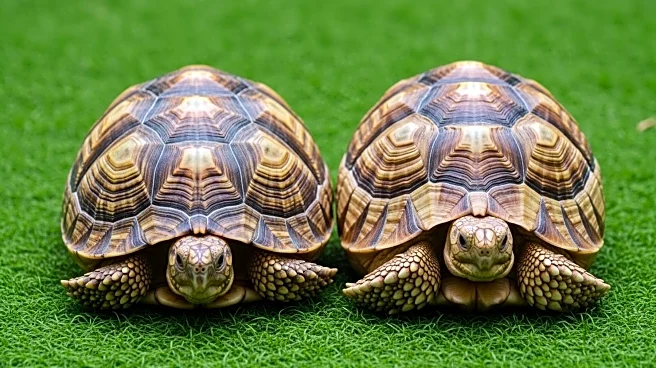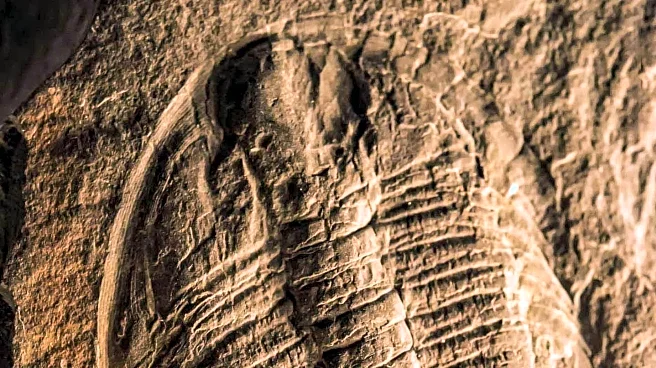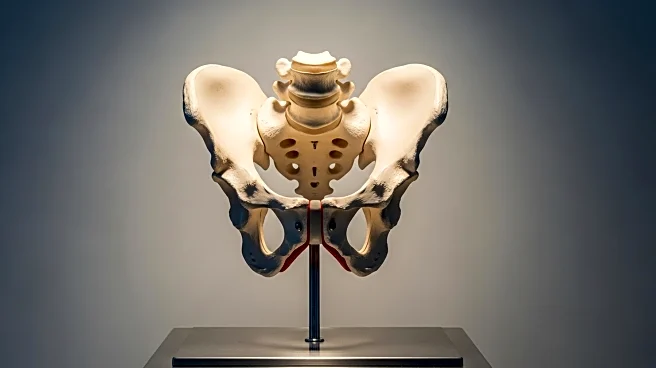What's Happening?
The Columbus Zoo and Aquarium has provided insights into the differences between turtles and tortoises, two reptiles often confused due to their similar appearances. According to Sydnee Fenn, a reptile keeper at the zoo, all tortoises are turtles, but not all turtles are tortoises. The primary distinction lies in their habitats; turtles are generally aquatic, spending significant time in water, while tortoises are land-dwellers. This habitat difference influences their physical characteristics, such as shell shape. Turtles have flattened shells to aid swimming, whereas tortoises have domed shells that assist in flipping back onto their feet if overturned. Additionally, tortoises have round feet and stumpy legs for terrestrial mobility, while turtles possess webbed feet or flippers for aquatic navigation.
Why It's Important?
Understanding the differences between turtles and tortoises is crucial for conservation efforts and habitat management. These distinctions impact their dietary needs and environmental adaptations, which are essential for their survival. Tortoises, being primarily herbivorous, require specific vegetation, while turtles, often omnivorous, need access to both plant and animal food sources. This knowledge aids in creating appropriate living conditions in zoos and aquariums, ensuring the health and longevity of these reptiles. Moreover, it informs public education and awareness, fostering a deeper appreciation for biodiversity and the ecological roles these animals play.
What's Next?
The Columbus Zoo and other institutions may continue to educate the public on reptile conservation, emphasizing the importance of habitat preservation. Efforts could include developing programs that highlight the unique adaptations of turtles and tortoises, encouraging support for conservation initiatives. Additionally, research into the specific needs of these reptiles may lead to improved care practices in captivity and strategies to protect their natural habitats from environmental threats.
Beyond the Headlines
The differences between turtles and tortoises also reflect broader themes in evolutionary biology, showcasing how species adapt to their environments over time. These adaptations highlight the intricate balance between form and function in nature, offering insights into the evolutionary pressures that shape biodiversity. Furthermore, the study of these reptiles can contribute to understanding ecological resilience and the impact of climate change on species with specific habitat requirements.











